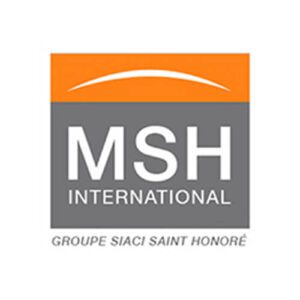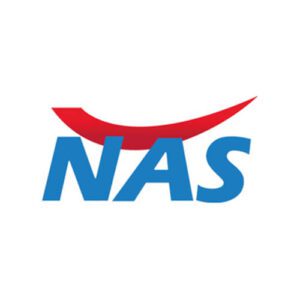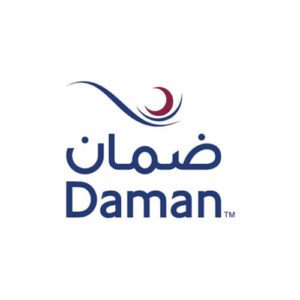GOLFERS ELBOW
Golfer’s elbow is a condition that occurs as a result of overuse of the forearm muscles and tendons connected at the elbow, which assist in controlling the fingers and wrist. This overuse or excessive straining of the hand can cause small tears in the tendons, which can lead to pain, swelling, and inflammation around the olecranon elbow bone. Golfer’s elbow, also known medial epicondylitis is a type of tendinitis. The condition is similar to tennis elbow and is not restricted to golfers only.
Risk Factors of Golfer’s Elbow
Other than being a golfer, there are other factors that can increase the risk of developing a golfer’s elbow. These include:
Being Clinically Overweight
Aging (40 years and above)
Smoking
Engaging in continuous strenuous activities
Causes of Golfer’s Elbow
Golfer’s elbow can occur as a result of damage to the tendons in the joint caused by activities such as:
Engaging in golf sport which requires repetitive swinging of a golf club
Racket sport such as racquetball, squash, or tennis where the arm is stroked
Throwing sports activities such as baseball, javelin, archery, or softball when the pitching is not done correctly
Rowing or peddling a boat
Weightlifting or straining occupational activities such as construction, working in a butchery, or plumbing among others
REQUEST AN APPOINTMENT
A member of our team will reach out to you & quickly get you booked in for an appointment with the most relevant member of our sport medicine team.
Symptoms of Golfer’s Elbow
Rigidity of the elbow thus causing difficulty in its motion
Weak grip due to a weak wrist
Numbness or a prickly feeling that runs from the elbow to the fingers especially the pinky and ring fingers
Tenderness and pain in the wrist and inner part of the forearm when twisting it
Deformed or a broken elbow
Diagnosing Golfer’s Elbow
During the diagnosis of a golfer’s elbow, the doctor performs a physical assessment, and seeks information of the patient’s daily activities. The doctor tests whether there is normal flexion from the hand to the wrist by gently twisting the wrist and documenting the degree of internal pain experienced by the patient. An imaging test such as an x-ray of the arm is also done.
If the diagnosis of a golfer’s elbow is definitive, then non-invasive modes of treatment will be recommended. However, if the pain experienced is intense, then surgery may be required.
Treatment Options of a Golfer’s Elbow
Golfer’s elbow can be treated by immediately stopping any strenuous activities that may have caused the overuse of the elbow. This will aid in pain reduction. Other non-invasive treatment options include:
Anti-inflammatory medication
Injections therapies
Pain relief medication
Application of ice on the forearm and elbow (affected area)
Use of braces to support the arm in cases where there is weakness
Exercises to stretch the muscles, strengthen, and heal the arm.
Some of the exercises include:
FINGER EXTENSIONS whereby the patient holds a rubber band around the fingertips then stretches it as far as the rubber can extend
WRIST EXTENSION whereby the injured arm is placed on a surface and the forearm hangs on the edge, then he/she lifts a weight by raising and lowering it slowly
BALL SQUEEZE which involves squeezing and releasing a small and soft stress reliever ball. The goal of this exercise is to strengthen the forearm
SUPINATION AND PRONATION of the forearm. This involves holding a heavy object and slowly rotating the wrist facing upward and downward while the forearm is stably laid on a flat surface
Surgery
Surgery to treat a golfer’s elbow is considered when there is a tear, and the other non-invasive treatment options are not effective or are not relieving the pain.
During the procedure, an incision is made along the arm and the injured tissues, excess tissue formation and/or protruding bone are removed to reduce the pressure being exerted at the flexor tendon. This procedure is known as medial epicondyle release.
Post-opt Care and Recovery
After the surgical procedure, the patient will be able to resume his/her normal daily activities after approximately six weeks while the occupational activities can be resumed after approximately six months.
However, even after the golfer’s elbow has healed, one is advised to avoid overusing it and to stop the said occupational activity whenever he/she feels a strain. In cases where the arm is weak, braces are provided to help in stabilizing it. Gradual exercise is recommended in order to speed up the healing process and to avoid a recurrence.
Preventive Measures of Golfer’s Elbow
Golfer’s elbow can be prevented by:
Ensuring that before starting your occupational activity, stretch and strengthen your muscles to avoid any physical stress
Using equipment that march your weight level and reduce exerting force to the elbow
Next Step
Our board-certified orthopedic surgeons at Valiant have extensive knowledge of the full range of shoulder disorders and will help you find the ideal medical solution for your condition. You can get in touch by filling in the form above.
PARTNERING WITH LEADING
MEDICAL INSURANCE PROVIDERS
We work with leading medical insurance providers in the country, if you have any questions or queries just give us a call on 8008254268.














